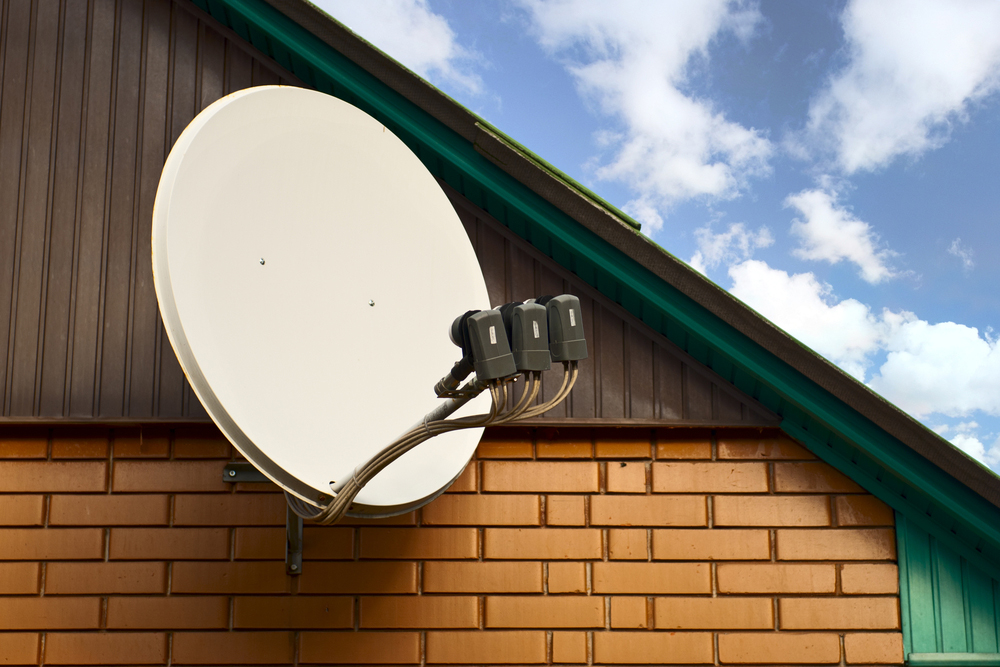Access to information has become a necessity in this constantly changing world. It has become common, in the case of any emergency, for the numerous institutions and government agencies to use the existing mass-communication links to inform the public on how to properly deal with the crisis. However, the days when newspapers, local radio stations, and the word of mouth ruled the market are long gone. These methods, in comparison to the technology of today, were slow and inefficient, and furthermore required the public to go out of their way to access them, which is not always possible in the time of crisis.
Today, on the other hand, due to the consumer demand for better and more accessible mechanisms, the transfer of information is conducted through one of these three communication systems: the cell phone network, the internet, and of course the TV. In addition, the television broadcasting mechanism is the one that has been around the longest, still providing one of the most common methods of entertainment, and every age group is accustomed to it. However, the quality and amount of information the TV can provide is directly dependent on the broadcasting plan the customer chooses to subscribe to. Since the most basic service provided for free is often inadequate and allows the access to only a very limited number of channels, the majority of consumers choose to select one of the more premium providers, and receive their channels through either satellite or cable.
The debate between satellite and cable has been ongoing for several decades, and there are numerous advantages and disadvantages that come with either method. Cable TV, being currently far more popular than its satellite counterpart, used to be far more cost-efficient. When analog television ruled the spectrum, and digital quality was a luxury, cable subscribers were able to connect all their television sets in their house, for the price of one subscription. While certain premium channels required additional receivers, it was still possible to receive the basic cable channel selection of more than 50 different networks. After the release of the HD technology, and the implementation of digital broadcasting, the situation is no longer this simple. More and more cable companies are requiring their customers to obtain and pay for additional receivers for every single additional television set in their house. With the current price of these cable boxes being in the area of $10, and the often present inability to purchase them directly, having four TVs in one’s house receiving such subscription, can greatly increase the monthly bill. However, cable broadcasting is far more stable than satellite, and the customer will experience far less signal interruptions. Furthermore, cable TV packages can usually be combined with broadband internet services, often provided through the same network, and getting both from the same company may lead to some additional savings.
Satellite TV, as mentioned before, can often experience signal interruptions, especially during thunderstorms, and is often at the mercy of the weather conditions. However, the entire broadcast is currently 100% digital, and usually all the channels are broadcasted in high definition. This, however, necessitates a lot more infrastructure and additional equipment installation at the customer’s house. While this can be expensive in itself, it is often possible to receive such installation for free, if the customer is willing to agree to a longer contract with the satellite provider. Additionally, monthly fees can often be lower for the basic channel selection provided by the satellite, than they would be if the customer chose to go with its cable counterpart. Ultimately, there are numerous advantages and disadvantages of each method, and the customer should always evaluate the costs, the efficiency, and the availability of each in their area, before selecting either.
